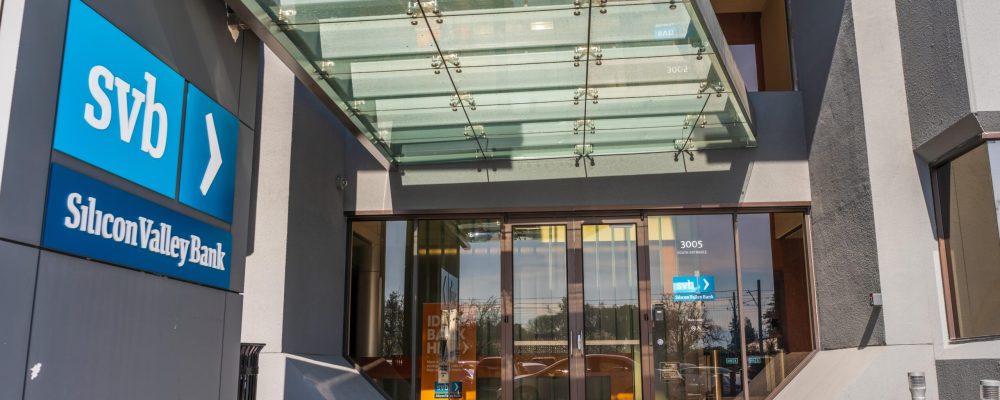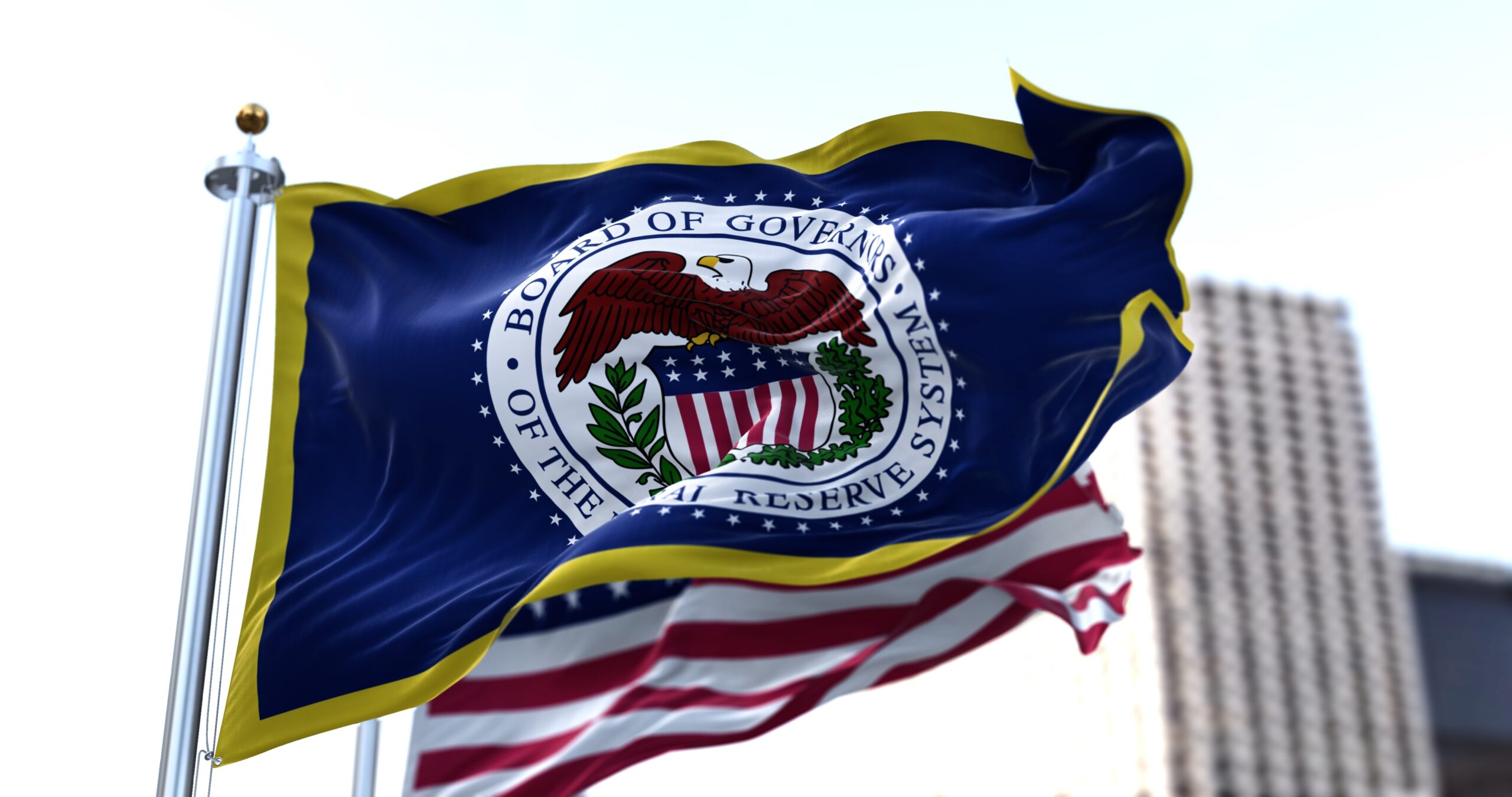
Key takeaways
- A very unusual set of circumstances came together to cause Silicon Valley Bank to suddenly fail
- Because this bank was so unique, it does not necessarily mean there will be other failures
- There could be a number of economic impacts that are important to consider. Specifically it could influence how many rate hikes the Federal Reserve does over the course of this year
Silicon Valley Bank: An in-depth analysis
This past weekend, Silicon Valley Bank (SVB) became the largest U.S. bank to fail since 2008.
The sudden nature of SVB’s demise raises a lot of questions like, “How did this happen?” or “What other banks might be vulnerable, and how will this impact the economy and markets going forward?”
Here are our thoughts on the issues surrounding SVB, the broader banking system, and key considerations for you.
What happened?
On Wednesday night, SVB announced they needed to sell stock to raise cash. The intent was to help deal with a large outflow of deposits sparked by some venture capital firms recommending withdrawals. On Thursday, the stock fell 60% as account withdrawals accelerated.
On Friday, the Federal Deposit Insurance Corporation (FDIC), responsible for supplying deposit insurance to customers who keep their money in American banks, began shutting the bank down.
On Sunday, the government made a highly unusual decision: FDIC insurance would be extended to all depositors at SVB, not just those under the official $250,000 insurance limit.
What went wrong at Silicon Valley Bank?
In many ways, SVB was a very unusual bank. Most of their customers were companies, and because of this, most of them had more than the $250,000 FDIC insurable limit in their accounts. As a result, about 90% of SVB’s deposits were well over the FDIC limit.
Naturally, this left the bank vulnerable because if customers got nervous, they were more likely to pull their cash than someone under the FDIC limit. Unsurprisingly, this is exactly what happened and precisely why it feels like the bank collapsed so quickly.
Another critical problem at SVB was its investment portfolio. It lacked diversification with a significant focus on niche sectors.
Typically, when banks get new deposits, they invest most of this money by lending it out or buying government bonds. However, SVB chose to buy longer-term bonds than most banks are willing to own.
Generally speaking, banks prefer to hold shorter-term bonds to protect against losses if interest rates rise. However, SVB opted for longer-term bonds due to the low interest rates we saw over the last decade. Their goal was to get a higher return than short-term bonds were providing.
When the Fed began hiking interest rates to control inflation over the last year, SVB had paper losses on those bonds. This is because as bond yields rise, the price of those bonds falls, and generally, the longer the term, the larger the losses become as interest rates increase. We call these “paper” losses because banks don’t have to recognize losses (realize) on government bonds until the bonds are actually sold.
These paper losses, combined with massive deposit outflows from SVB’s customers, forced them to sell bonds at a loss to have enough money to cover their customers’ withdrawals. More and more customers kept requesting to withdraw their money and, as a result, SVB took on a significant loss, forcing the bank to fall into a downward spiral.
While the size of SVB’s bond portfolio losses was unusual, most banks do hold a significant amount of government bonds. Pretty much any bond bought in early 2022 or before has a paper loss right now. The difference is that most banks are also not in a position where they are forced to sell off their bond portfolios.
The major concern that impacted markets was that SVB’s failure could prompt individuals to remove their money from other banks. To address this risk, the Federal Reserve promptly announced a new lending program for banks by which they could pledge government bond holdings instead of selling them and get a cash loan for up to one year.
The Fed has always had a similar lending option, called the “discount window,” that allows for loans of up to 90 days. This option was designed for this exact type of situation. By giving loans of up to a year, the Fed says that if your bank has government bonds, it can easily access cash if necessary.
The Fed hopes that this lending program will increase confidence in the American banking system and serve as a safeguard to discourage bank customers from pulling deposits all at once.
How will it impact other banks?
In the coming weeks, we will likely see some “churn” in bank deposits. We use the word “churn” because total deposits will remain the same across the banking system; they will just move from one bank to another.
While SVB’s depositors will ultimately have access to all their cash, firms with cash balances over the FDIC limit of $250,000 will want to avoid the risk of having uninsured money at other banks. This will invariably mean that some banks will wind up with more deposits, and some will end up with less.
Ultimately, we do not see a large number of bank failures occurring. SVB was very unusual due to its niche focus and clientele. Furthermore, the Fed’s new lending program addressed the core reason why SVB went down, providing a clear solution.
When we think of bank failures, many of us think back to the 2008 financial crisis, the major difference being that in 2008 the core problem was borrowers being unable to repay loans.
With SVB, the core problem was liquidity---their access to cash. This is a much easier problem to solve with Fed programs vs. the systemic issues in 2008.
That being said, other banks may come under pressure. For example, the FDIC shut down another bank, Signature Bank of New York, on Sunday. Moreover, if clients do begin withdrawing money at alarming rates, it will make banks more cautious about how much cash they may need on hand as opposed to lending it out or investing it. When banks become more cautious, it tends to slow economic growth to some degree.
What does this mean for the economy?
SVB’s downfall has already had a major impact on how traders think about future Fed moves. Last week’s futures markets suggested the Fed was likely to increase their interest rate target by 0.5% during their next meeting on March 22nd.
As of Tuesday, futures markets began indicating a 30% chance the Fed won’t hike rates at all. So we don’t have any specific prediction about what will happen at next week’s meeting. However, it’s worth calling out that banks eventually slowing the pace of their lending is a positive sign that previous rate hikes have the impact the Fed intends.
If Silicon Valley Bank’s failure leads other banks to be more selective about their lending, the Fed could stop rate hikes sooner than they otherwise planned.
What about my account at my bank? Should I do anything differently?
As we said, the FDIC and the Federal Reserve have already set up new programs that should make a repeat of the SVB collapse far less likely.
You will be safe if you keep your bank balance below the FDIC insurance limit of $250,000. In the eighty-nine-year history of the FDIC, no depositor has taken any loss on an account insured by the FDIC.
If you have cash balances above $250,000, various options are available depending on your situation.
Your Facet team can help you determine the right way to manage such a situation, so don’t hesitate to contact your planner with any questions.


